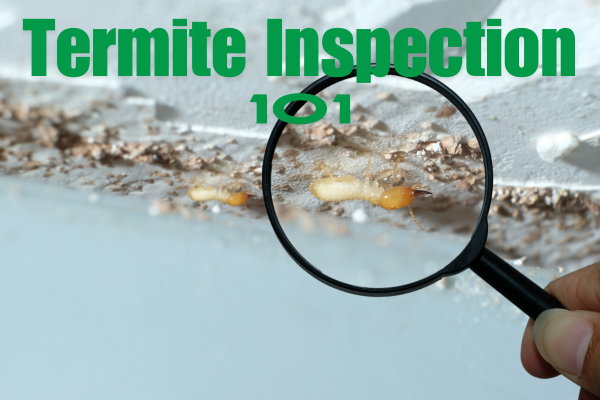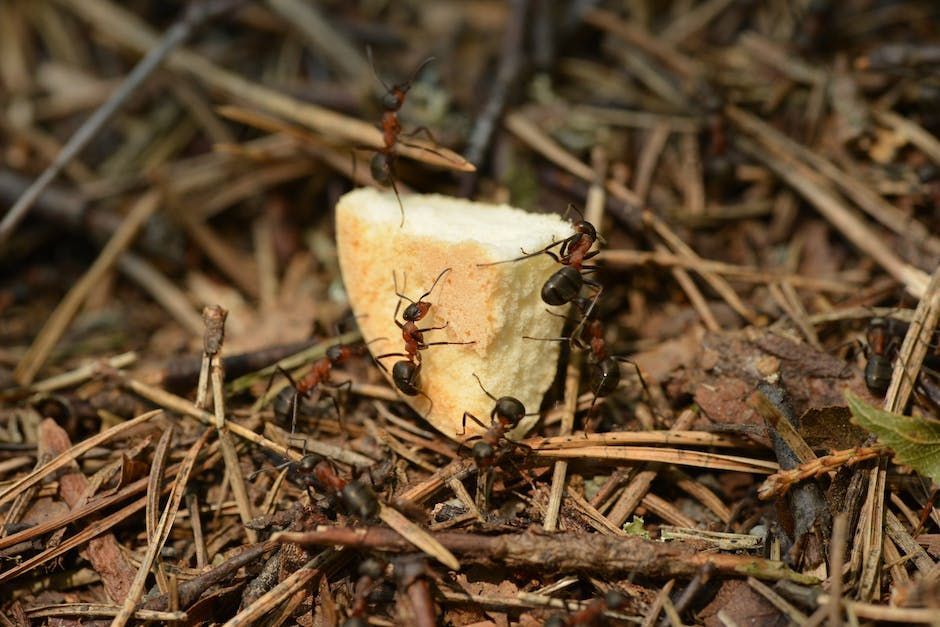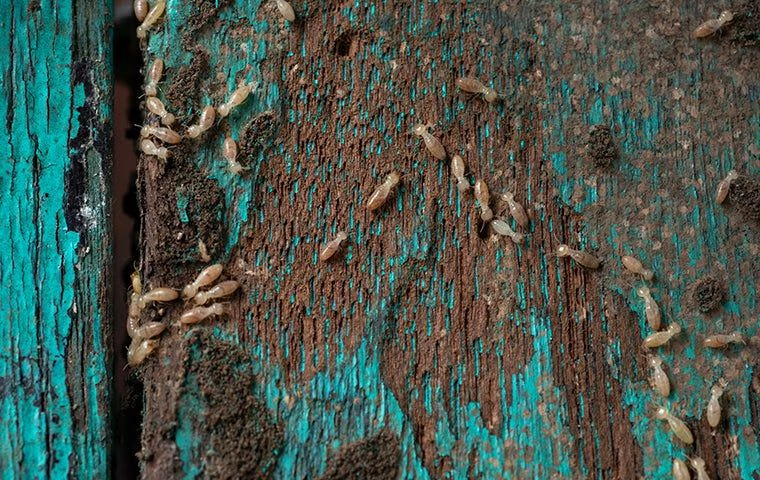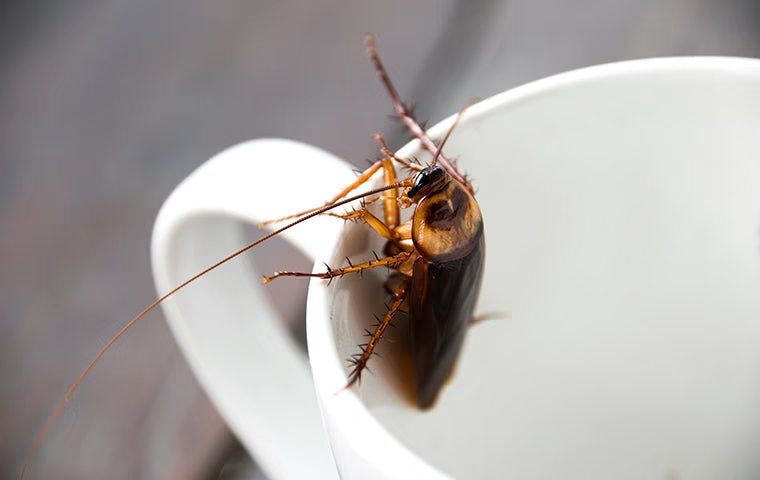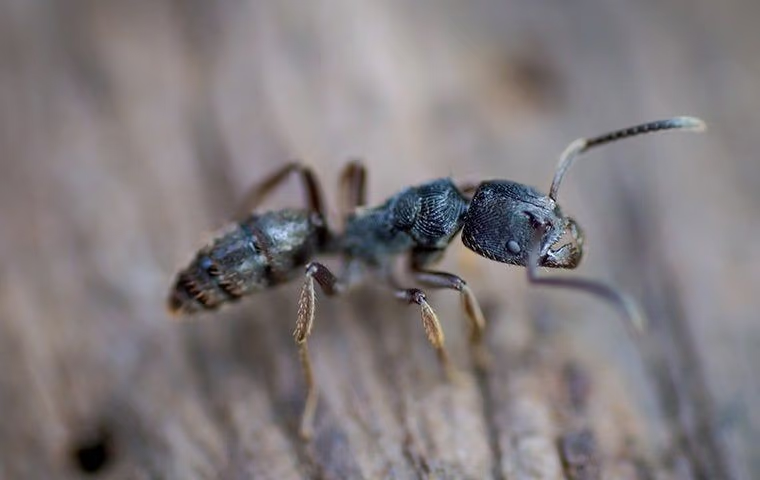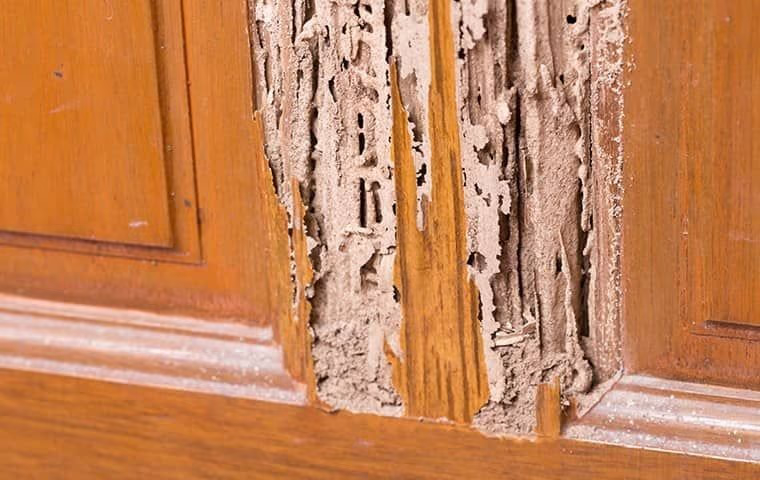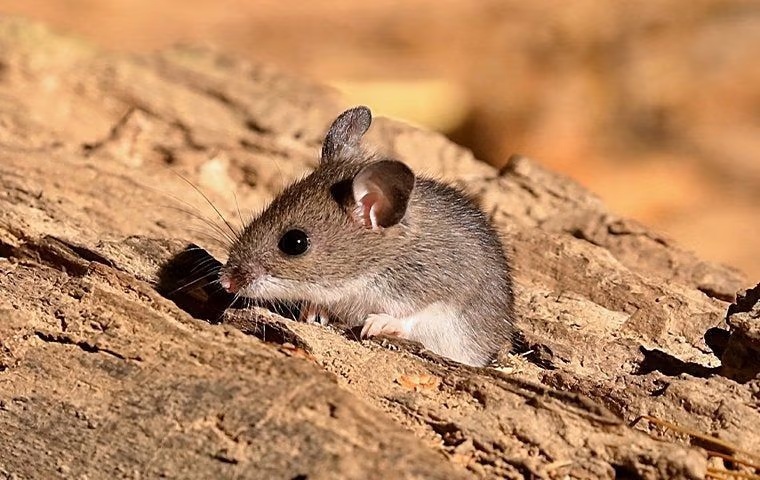What Can I Do About My Carpenter Ant Infestation?
May 21, 2024
What are Carpenter Ants?
Carpenter ants are large ants that create nests inside wood. They don't eat wood, like termites do, but they can cause significant structural damage to your home by hollowing out wood for their nests. Signs of a carpenter ant infestation include:
- Sawdust (known as frass) around the house
- Rustling sounds inside walls
- Winged ants emerging from walls
- Hollow or damaged wood
- Ant activity in and around your home
Signs of Carpenter Ant Infestation
Carpenter ants may leave behind sawdust-like material, known as frass, as they excavate their nests. You may also notice rustling sounds coming from within the walls. Damaged or weakened wood structures can also indicate a carpenter ant infestation. In addition, you may see winged ants, known as swarmers, inside your home, especially during the spring or summer months. Finally, if you spot multiple ants traveling along clearly defined trails, it's a strong indicator of a carpenter ant infestation.
Damage Caused by Carpenter Ants
Carpenter ants are known to cause extensive damage to wood structures. They tunnel through wood to build their nests, which can weaken the integrity of your home. This can lead to costly repairs if left unchecked. Signs of damage caused by carpenter ants include hollow-sounding wood, frass (wood shavings and debris), small openings in wood, sawdust-like material, and rustling sounds coming from within the walls. If you notice any of these signs, it's best to seek professional carpenter ant control to prevent further damage to your property.
Importance of Professional Carpenter Ants Control
Carpenter ants can cause significant damage to your home’s structure by tunneling through wood. Professional carpenter ant control is essential to eradicate these pests and prevent further damage. Here are the top 5 signs you may need to consider professional carpenter ant control:
- Visible Ants: If you consistently see carpenter ants inside your home, especially near wooden structures, it’s a sign of a potential infestation.
- Sawdust: Piles of sawdust near wood structures can indicate carpenter ant activity.
- Rustling Noises: If you hear rustling or tapping sounds coming from within wooden structures, it may be due to carpenter ants tunneling inside.
- Winged Ants: The presence of winged ants, particularly indoors, could indicate a mature carpenter ant colony.
- Hollow-Sounding Wood: When tapping on a wooden surface, if it sounds hollow or crumbles easily, it could be due to carpenter ant damage.
Professional carpenter ant control can help you address these issues effectively and protect your home from further destruction.
How to Choose a Professional Pest Control Service
When choosing a professional pest control service, it's essential to consider the following factors:
- Look for a licensed and certified pest control company.
- Check for references and reviews from previous customers.
- Inquire about the methods and products they use for pest control.
- Ask about their experience in dealing with carpenter ant infestations.
- Get a clear understanding of the costs and any warranty or guarantee offered.
Understanding the Treatment Process
When it comes to professional carpenter ants control, the treatment process involves several important steps. Here's what you can expect:
- Inspection: A professional will thoroughly inspect your property to assess the extent of the carpenter ant infestation and identify the nest location.
- Treatment Plan: Based on the inspection findings, a customized treatment plan will be developed to effectively eliminate the carpenter ants from your property.
- Treatment Application: Treatment may involve the use of bait, liquid insecticides, or dust, which will be strategically applied in and around the affected areas.
- Follow-Up: After the initial treatment, the professional will schedule follow-up visits to monitor the progress and make any necessary adjustments to ensure complete eradication of the carpenter ants.
- Preventive Measures: In addition to eliminating the existing infestation, the professional may provide recommendations for preventing future carpenter ant problems.
By understanding the treatment process, you can better prepare for professional carpenter ants control and take proactive steps to protect your property.
Effectiveness of Carpenter Ants Control Methods
Professional carpenter ant control methods can be highly effective in eradicating and preventing infestations. According to pest control experts, the top 5 signs indicating the need for professional carpenter ant control are
visible presence of frass, rustling sounds within walls, hollow-sounding wood, swarming ants, and wood damage. Effective control methods typically involve a combination of baiting, insecticide application, and addressing the ant colony directly. Hiring a professional pest control service for carpenter ant management can ensure thorough, lasting results.
Safety Considerations
So, when it comes to carpenter ants, safety should be your top priority. It's important to consider that professional carpenter ants control often involves the use of pesticides, and these products can pose health risks if not handled properly. Make sure to follow any safety instructions provided by the pest control professionals and keep pets and children away from treated areas. It's also a good idea to inquire about the specific products and methods the pest control company will use to ensure that they are safe for your household.
Final Thoughts and Next Steps
If you have observed any of the signs mentioned in this blog, such as the presence of large black ants in your home, sawdust-like material around wooden structures, or rustling noises inside the walls, it is important to take action to address a potential carpenter ant infestation. To protect your property and prevent further damage, consider
contacting a professional pest control service that specializes in carpenter ant control. They can conduct a thorough inspection of your home, provide treatment options, and offer advice on preventing future infestations. Don't wait until the problem worsens – act promptly to safeguard your home from the destructive effects of carpenter ants.
